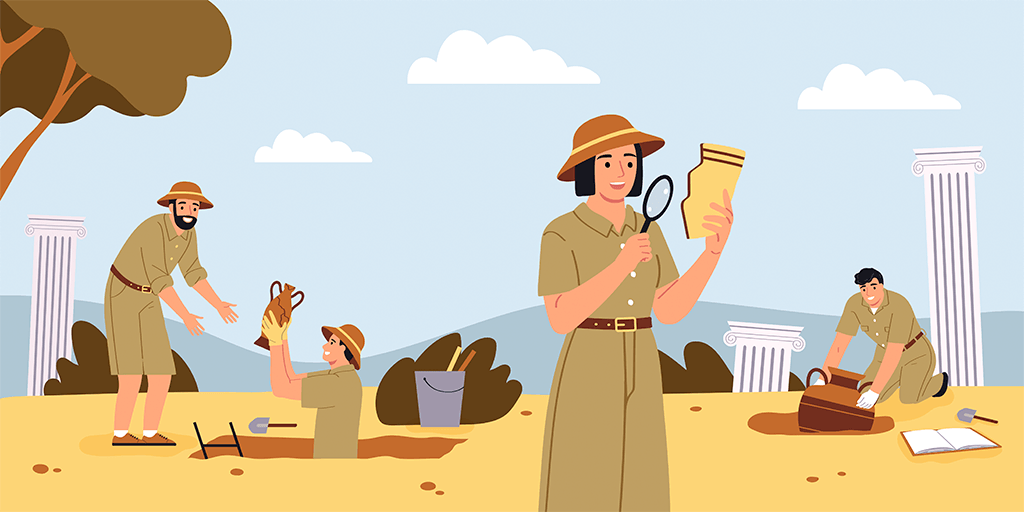Context of Ballet
In the 1980s, Woitschikowski, who lives in Germany, bought a micro-scope after seeing a magazine spread of microcrystal photography. He wanted to reveal this wondrous world that’s invisible to the unaided eye. The shapes are formed on glass lab plates by heating chemicals, such as acetaminophen, or mixing them with water or alcohol. As the substances cool or dry, crystals appear. When illuminated by polarized light, some seem to leap into a ballet of form and color.
The process is so delicate that even slight vibrations can ruin it. That’s why Woitschikowski uses a remote shutter trigger and works late at night when vehicle traffic outside his studio has subsided. “It’s a great experiment,” he says. “You don’t know what you’ll see when you begin.”
–The National Geographic



